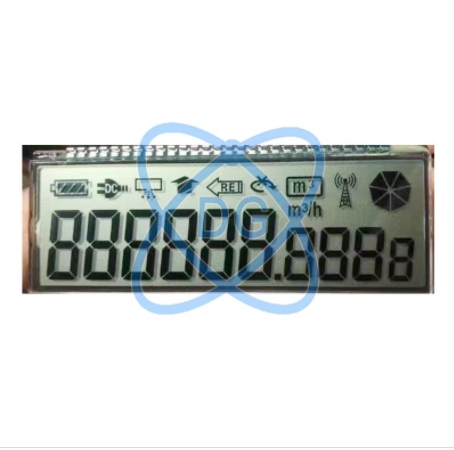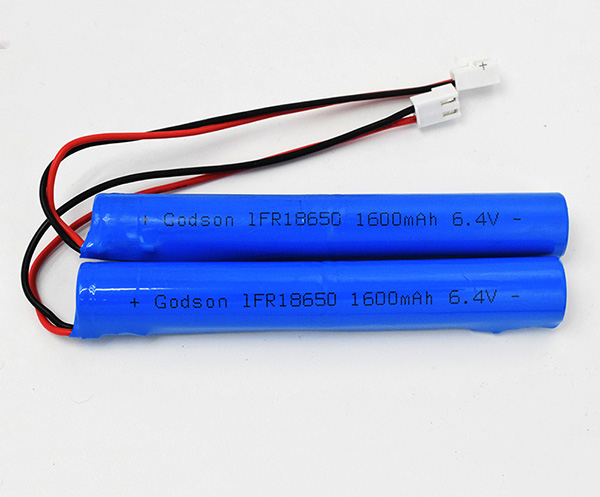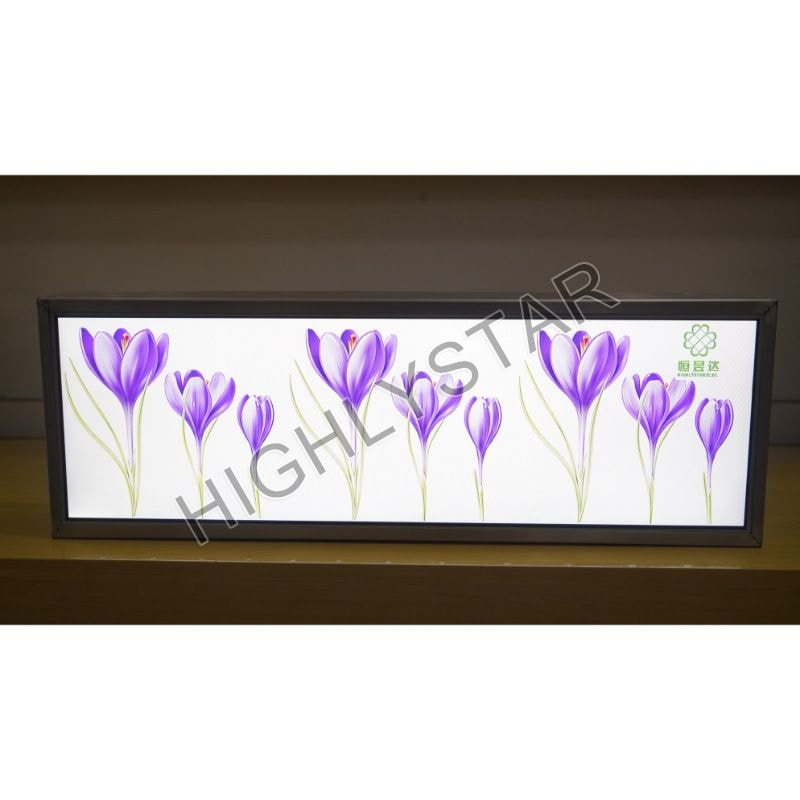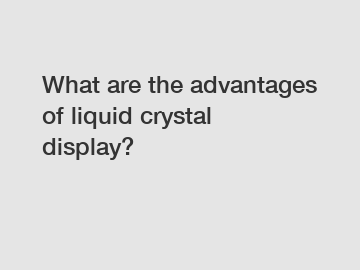How does a liquid crystal display work?
In today's digital age, liquid crystal displays (LCDs) are everywhere. From smartphones and televisions to computer monitors and digital clocks, these marvels of modern technology have become an integral part of our daily lives. But have you ever wondered how these flat, thin screens produce those vibrant, crisp images? In this article, we'll take an in-depth look at the inner workings of LCDs and reveal the fascinating science behind their operation.
Understanding LCDs
Before we delve into the structure of LCDs, we first need to understand what liquid crystals are. Unlike regular liquids that flow freely like water or oil, liquid crystals have the properties of both a liquid and a solid. They are made up of rod-shaped molecules that can flow like a liquid while remaining somewhat aligned like a solid.
A unique property of liquid crystals is their ability to change direction when subjected to an electric field. This property forms the basis of LCD technology and allows us to control the passage of light through the display.
The Three Main Components of an LCD
LCDs typically consist of three basic components:
Liquid crystal layer
Polarising filter
Backlight
Liquid Crystal Layer
The heart of an LCD is the liquid crystal layer. This layer consists of countless tiny liquid crystal molecules sandwiched between two layers of glass or plastic. These molecules are arranged in a specific direction to form a regular pattern when at rest.
Polarising Filter
Additional resources:Understanding Heavy Duty Vehicle Batteries
String Inverter: Harnessing Solar Power Efficiently
Tips for Maximizing the Lifespan of Your Power Battery
Applications of LiFePO4 Prismatic Cells
Power Banks: Unleashing Portable Power on the Go
Understanding the Difference Between Electrolytic Capacitors and Normal Capacitors
Understanding the Types of Drone Motors
There are two polarising filters on each side of the liquid crystal layer. These filters are at right angles to each other, which means that one filter allows light waves to pass in one direction, while the other filter only allows light waves to pass in a perpendicular direction. This setup is essential for controlling the passage of light through the display.
Backlighting
To illuminate the display, there is a backlight behind the LCD layer. This backlight emits white or coloured light depending on the requirements of the display. The light from the backlight passes through the first polarising filter and into the LCD layer.
How LCDs Create Images
Now that we've covered the basic components of an LCD, let's see how they work together to create an image:
Liquid Crystal Orientation
When there is no voltage applied to the liquid crystal layer, the rod-shaped molecules maintain their natural alignment. In this state, the liquid crystals do not affect the polarisation of light passing through them.
Applying Voltage
To control the passage of light, a voltage is applied to a specific part of the liquid crystal layer. When voltage is applied, the liquid crystal molecules are reoriented according to the direction of the electric field. This reorientation of the liquid crystals causes a change in the polarisation of the light passing through them.
Polarisation Rotation
When light passes through the liquid crystal layer and changes its direction of polarisation, it reaches the second polarising filter. Depending on the orientation of the liquid crystals (which is affected by the applied voltage), the light may pass through the filter or be blocked by the filter. This manipulation of light allows us to create pixel patterns that form images on the display.
Colour generation
LCDs can produce colour images by using a colour filter layer in front of the liquid crystal layer. This layer consists of tiny colour filters for the red, green and blue (RGB) hues. By precisely controlling the arrangement of the liquid crystals and applying different voltages to the different pixels, the display can produce a wide range of colours by mixing these RGB primary colours.
Conclusion
Liquid crystal displays (LCDs) are an incredible technology that has changed the way we interact with digital content. By taking advantage of the unique properties of liquid crystals, LCDs allow us to create vibrant images on a flat, lightweight screen. Understanding the inner workings of LCDs not only enhances our appreciation of the devices we use every day, but also provides insight into the complex world of display technology. As technology continues to advance, we can expect LCDs to play an important role in shaping our future visual experience.
Applications of Indoor Load Breaker Switches
What are the Features and Capabilities of Rockchip SOM?
What are Advantages and Applications of Single Phase String Inverters?
Choosing the Right Car Starter Battery
A Comprehensive Guide to Residential Energy Storage
Applications of Multi-angle Pole Bases
What are the uses of power transformer?
Related Articles










Comments